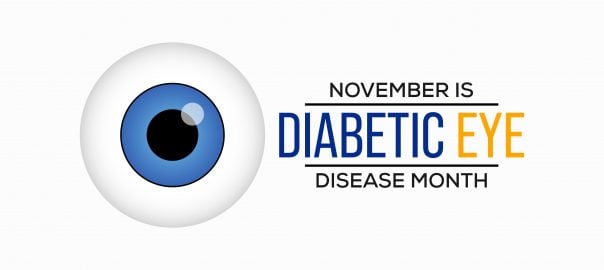
- Nicholas G. Anderson, M.D.
- Claxton A. Baer, M.D., Ph.D.
- Scott Barb, M.D.
- Richard Breazeale, M.D.
- Sophie Cai, M.D.
- Allan Couch, M.D.
- Howard L. Cummings, M.D.
- Francis Char DeCroos, M.D.
- Jonathan S. Fuerst, M.D.
- Devon Ghodasra, M.D.
- Joseph M. Gunn, M.D.
- Abbas Haider, M.D.
- Mark Kleinman, M.D.
- Ailee Laham, M.D.
- Cris Larzo, M.D.
- Michael Magee, M.D.
- Tod A. McMillan, M.D.
- James H. Miller Jr., M.D.
- Stephen L. Perkins, M.D.
- Rohan Shah, M.D.
- R. Keith Shuler Jr., M.D.







